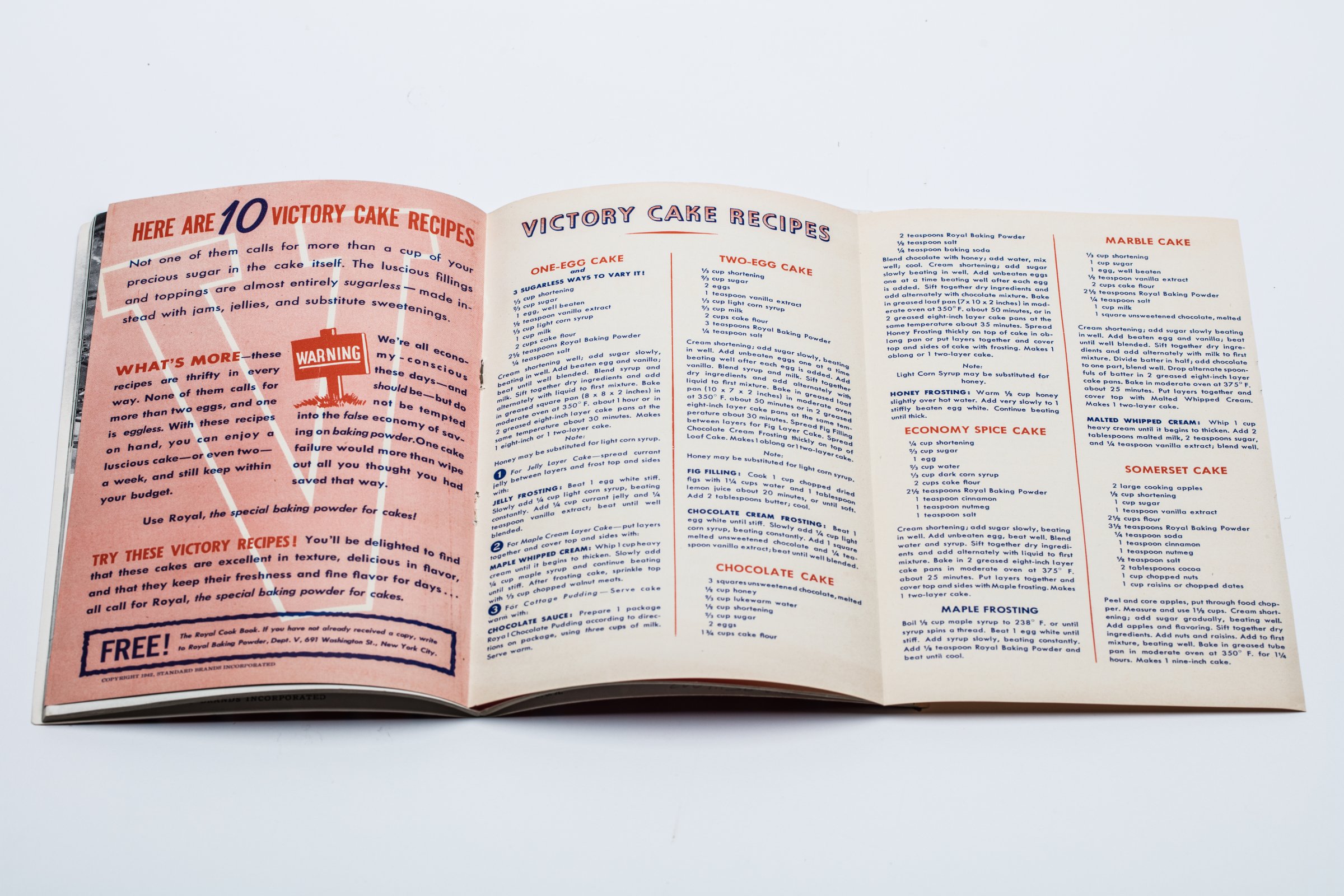
It was the very end of 1940 when President Franklin Delano Roosevelt summed up for the American people the role he saw them taking in a world at war. Though the U.S. had not yet entered World War II — Pearl Harbor was almost a year away — the war had swept much of the globe, and citizens already had an important task in front of them: “We must be the great arsenal of democracy,” he said. The U.S. was to be the supplier for its allies, of both materiel and will.
Roosevelt didn’t come up with the phrase “arsenal of democracy” himself. When Roosevelt heard French economist Jean Monnet use the phrase, he had gone so far as to put out a request, through an intermediary, for Monnet not to use it again. Roosevelt wanted to deploy it with more force, according to Josh Zeitz at Politico. It was so evocative that it became an image of the role of the American home front that endured after the U.S. joined the war, and after that.
The phrase now gives its name to The Arsenal of Democracy: The Herman and George Brown Salute to the Home Front, which opens to the public at the National WWII Museum on Saturday. There are nine separate galleries that focus on the story of World War II as it unfolded in the United States — including one gallery that takes visitors inside a reconstructed American home from the 1940s featuring artifacts from the era, which were used as reference material for LIFE VR’s Remembering Pearl Harbor virtual-reality experience.
One example of just deeply the war affected those at home in the U.S. can be found in cookbooks like these, which are featured in the exhibition. Written with wartime rationing and scarcity in mind, they advised the American homemaker on ideas about how to feed their families properly without using up too many of their supplies.
Sugar, meat and eggs may be more plentiful than they were back then — but you can still try these World War II-era recipes at home.
ONE-EGG VICTORY CAKE, from the Royal Baking Powder cookbook:
1/3 cup shortening
2/3 cup sugar
1 egg, well beaten
1/2 teaspoon vanilla extract
1/3 cup light corn syrup
1 cup milk
2 cups cake flower
2 1/2 teaspoons Royal Baking Powder
1/4 teaspoon salt
Cream shortening well; add sugar slowly, beating in well. Add beaten egg and vanilla; beat until well blended. Blend syrup and milk. Sift together dry ingredients and add alternately with liquid to first mixture. Bake in greased square pan (8 x 8 x 2 inches) in moderate oven at 350°F. about 1 hour or in 2 greased eight-inch layer cake pans at the same temperature about 30 minutes. Makes 1 eight-inch or 1 two-layer cake.
Note: Honey may be substituted for light corn syrup.
ECONOMY LOAF, from the Modern Hostess Cookbook:
6 tablespoons vitaminized margarine
1/2 cup dry bread crumbs
1 cup cooked fresh or canned peas
1 cup mashed potatoes
1/4 teaspoon salt
1/8 teaspoon pepper
1/8 teaspoon nutmeg
2 tablespoons flour
1/2 cup milk
2 hard-cooked eggs
1 can condensed tomato soup
Additional seasonings
Melt 2 tablespoons of the margarine, add crumbs, brown slightly, stirring constantly. Sprinkle half the crumbs on the bottom and sides of a well greased oblong loaf pan (approximately 8 1/2 x 4 1/2 x 2 3/4 inches). Mash peas through a sieve, add mashed potatoes, remaining crumbs and seasonings. Make white sauce by melting 2 tablespoons of the margarine, adding flour, then the milk — cooking until smooth and thickened. Add white sauce to potato mixture, blend together thoroughly. Place half of this mixture in crumb lined loaf pan. Top with slices of hard-cooked egg; add remaining potato mixture. Bake in moderate oven (350°F) 25 minutes or until set. Unmold, garnish with additional egg slices, or with broiled bacon, if desired. Serve with tomato sauce made by heating the soup with the remaining 2 tablespoons margarine, adding a pinch of herbs and a little Worchestershire or A-1 Sauce, to taste.

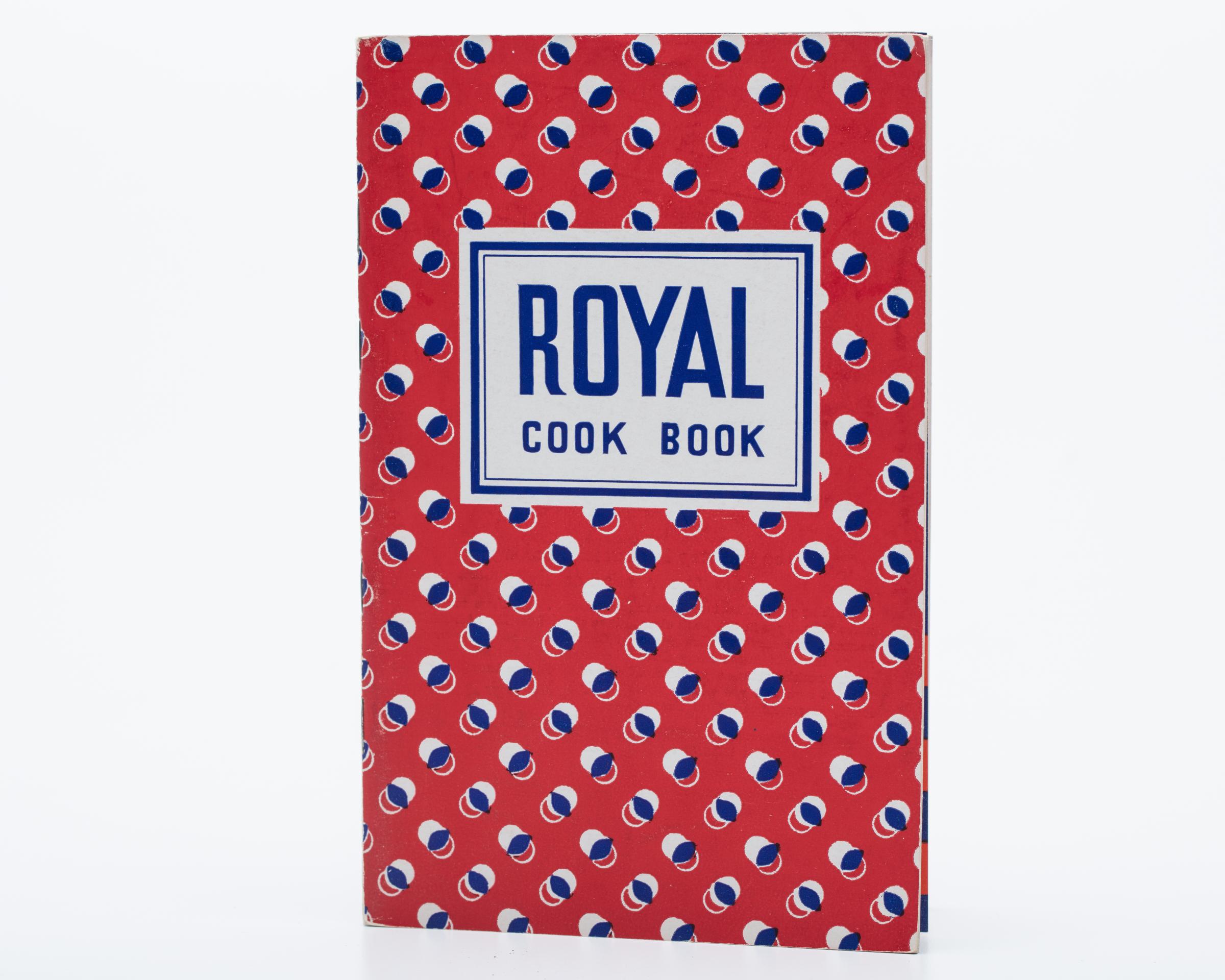

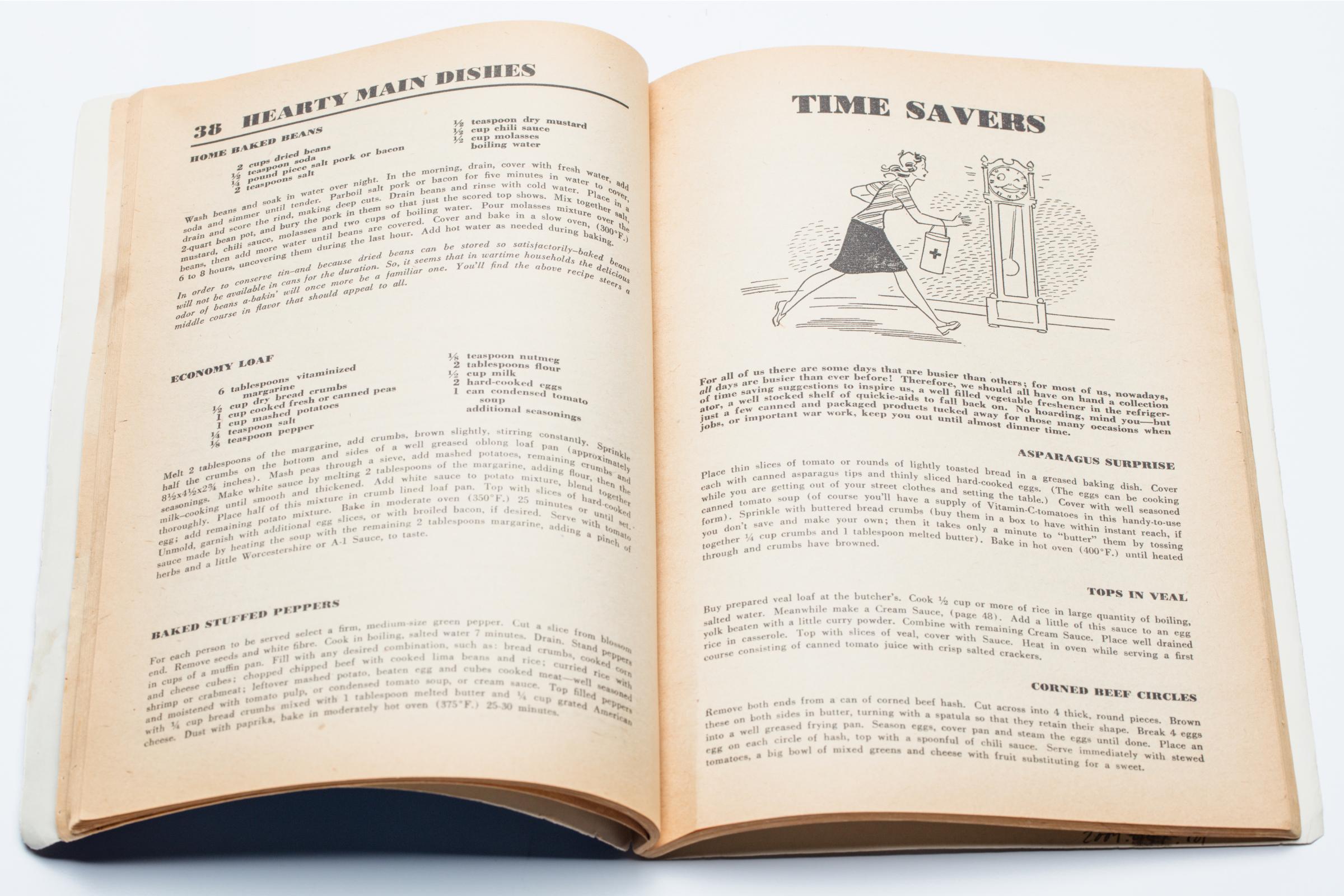
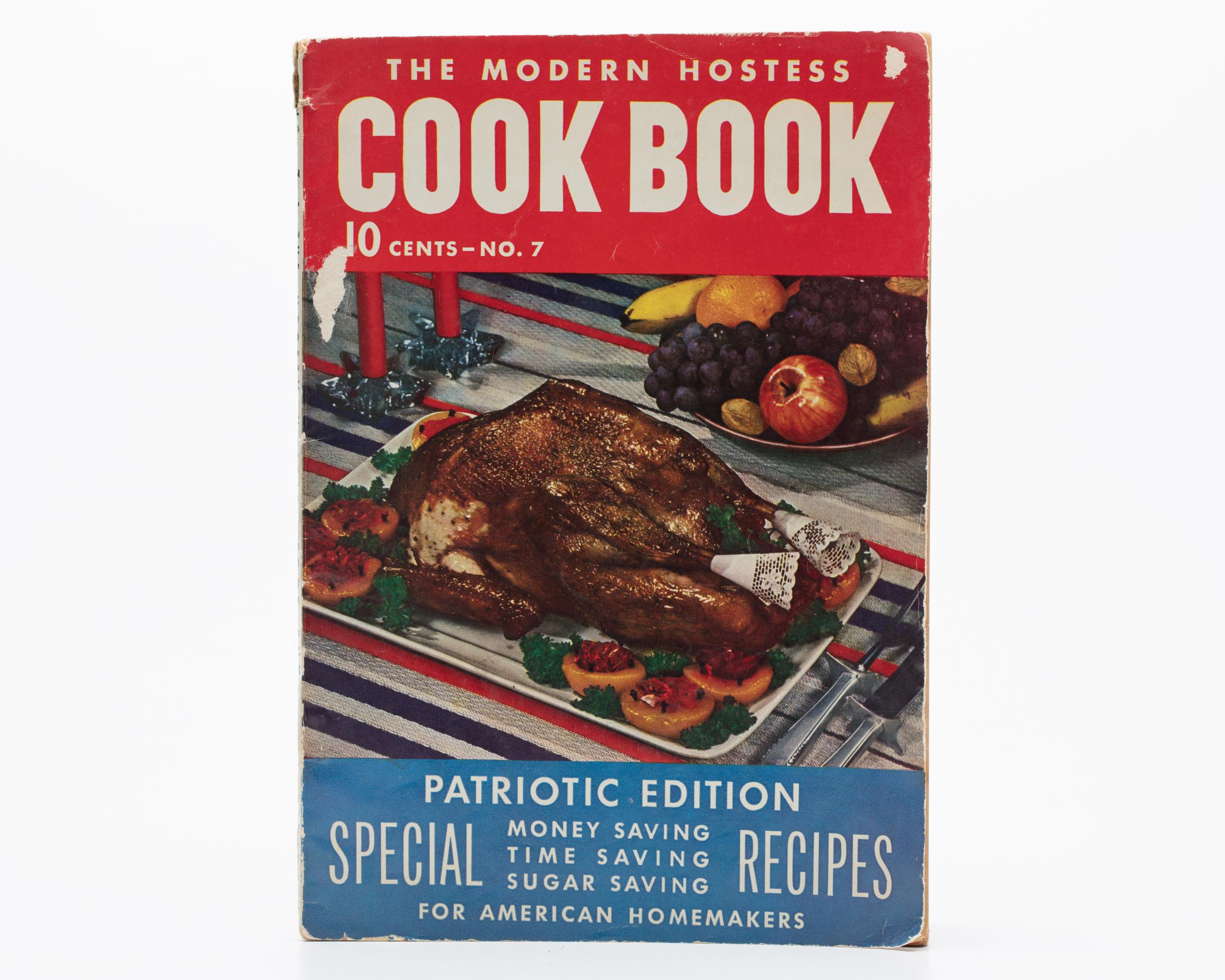
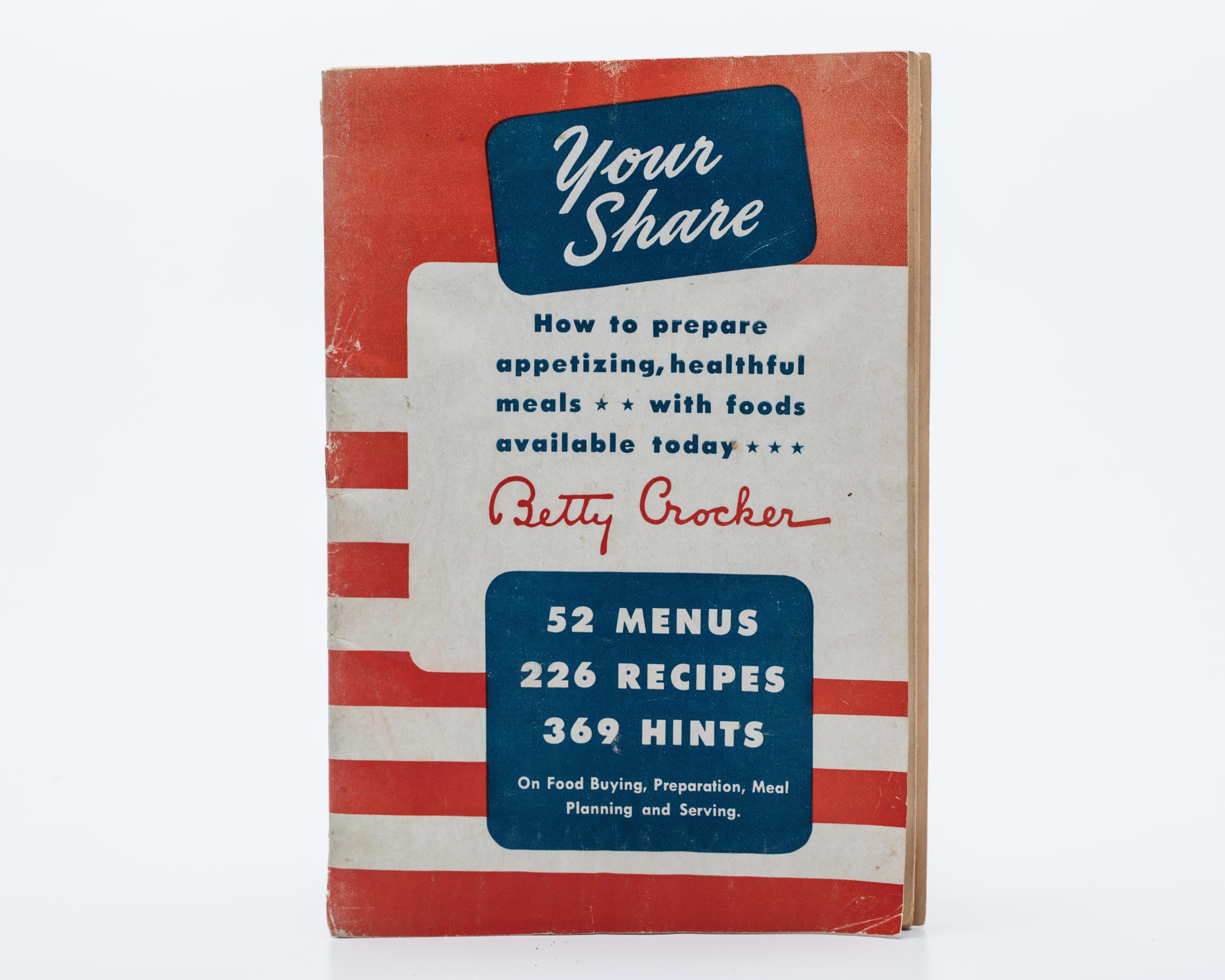
More Must-Reads from TIME
- Inside Elon Musk’s War on Washington
- Meet the 2025 Women of the Year
- The Harsh Truth About Disability Inclusion
- Why Do More Young Adults Have Cancer?
- Colman Domingo Leads With Radical Love
- How to Get Better at Doing Things Alone
- Cecily Strong on Goober the Clown
- Column: The Rise of America’s Broligarchy
Write to Lily Rothman at lily.rothman@time.com